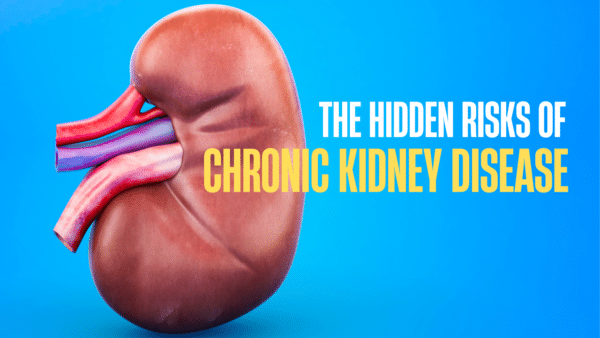When glucose (sugar) in the blood drops below the usual range, it’s referred to as hypoglycemia, also known as low blood sugar. Since glucose is a key energy source for the body, not getting enough of it can lead to several symptoms and problems. Since glucose is a key energy source for the body, not getting enough of it can lead to several symptoms and problems.
The signs and symptoms of hypoglycemia might vary depending on the person and the degree of low blood sugar. Shaking, perspiration, disorientation, dizziness, headaches, blurred vision, and trouble focusing are typical symptoms. Hypoglycemia may cause convulsions, unconsciousness, and even death in more difficult situations.
There are several indicators of hypoglycemia. One of the most visible signs is a rapid reduction in energy, which may make someone feel weak and exhausted. Trembling, perspiration and an accelerated pulse are further symptoms. Some individuals could feel as if they are hungry, or their lips and tongue might tingle. Due to how sudden and unpredictable these symptoms are, it is hard to know when hypoglycemia will happen.
Hypoglycemia is usually caused by diabetes, an endocrine disease in which the body can’t make or use insulin as it should. Insulin controls how much glucose is in the blood. Hypoglycemia is dangerous for people with diabetes who use insulin or certain oral medicines that boost insulin production.
Other factors that contribute to hypoglycemia include:
- Drinking too much alcohol.
- Having liver or renal problems.
- Using certain drugs.
- Having certain hormonal issues.
Hypoglycemia may sometimes be brought on by a pancreatic tumor that prevents the body from producing insulin. Hypoglycemia affects certain individuals more often than others. Older people, for example, are more likely to have hypoglycemia because their systems may not be able to manage glucose levels as well as younger ones. The risk of hypoglycemia is also present in people with diabetes who use insulin or other oral medicines.
It’s crucial to remember that even people without diabetes may experience hypoglycemia. Non-diabetic hypoglycemia is a condition that may result from various illnesses, such as liver or renal disease, certain drugs, hormonal imbalances, and malignancies.
Consuming a source of glucose, such as sweets, fruit juice, or a drink with added sugar, is a standard method of treating hypoglycemia. Occasionally, a glucose gel may be applied. After the first treatment, it’s crucial to have a meal or snack that includes carbs to stop hypoglycemia from returning.
To keep diabetics from getting low blood sugar again, it is important to change insulin doses and/or medication schedules. If hypoglycemia happens often, your healthcare practitioner can By knowing its risk factors, causes, and symptoms, and people can take steps to avoid hypoglycemia and make sure they get the right medical help if they need it. By knowing its risk factors, causes, and symptoms, people can avoid hypoglycemia and get the right medical help if they need it. Hypoglycemia may be effectively prevented and treated with the proper care.


